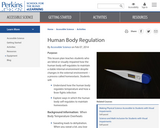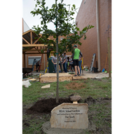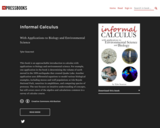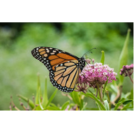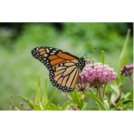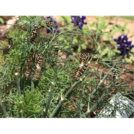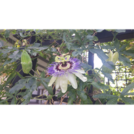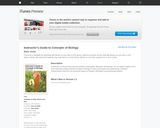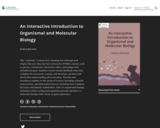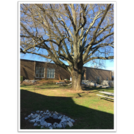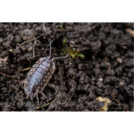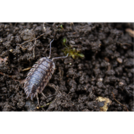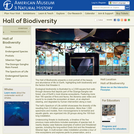
Just like the permanent exhibit it was created to complement, the online Hall of Biodiversity showcases the beauty, diversity, and abundance of life on Earth while warning of the threats posed by human activity. Along with a brief introduction to the exhibit, it includes these four sections: Spectrum of Life - A virtual journey through 3.5 billion years of evolution on Earth. The interactive cladogram includes detailed information on more than 25 diverse life forms. Transformation of the Biosphere - An overview of how the Earth is continually experiencing climatic changes and changes brought on by physical events, such as meteorite collisions. The Dzanga-Sangha Rain Forest - An explanation of what visitors will find when they explore this walk-through diorama at the Museum, which features the sights and sounds of a dense tropical rain forest. Solutions - A list of concrete actions individuals can take to help save the Earth's resources for generations to come.
- Subject:
- Biology
- Life Science
- Material Type:
- Reading
- Provider:
- American Museum of Natural History
- Provider Set:
- American Museum of Natural History
- Date Added:
- 02/16/2011


